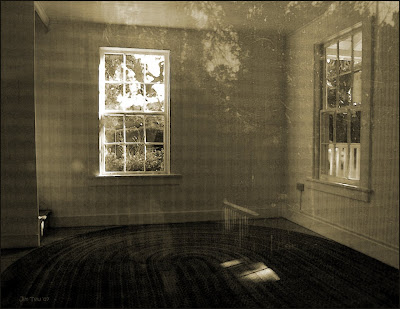Now when you are intending to make light with electricity, instead of heat, your efficiency number is going to shift. Standard incandescent light bulbs have been creating light for us since Thomas Edison (or before if you credit those that did not file a patent). These bulbs create light from electricity by heating a wire up just like your toaster does; only they hold a different type of metal that intends to focus on the visible light spectrum instead of infrared.

While techs have created better filaments for light bulbs that last longer, and are slightly more efficient, we are still operating around 10%. Meaning that of the total amount of electricity that enters the bulb only 10% of it becomes visible light. The other 90% is emitted as heat. I am sure this does not come as a surprise as it is very easy to burn your hand when trying to switch out an incandescent bulb that had been on for a while.
(As a side note, the visible light is going to bounce around the room being absorbed by the surfaces until it is gone. When absorbed, i.e. stopped, that light will create a small amount of heat. So, one could say that a light bulb is 100% efficient at creating heat, because at the end of the day every watt of electricity that enters the bulb eventually becomes heat.)

While the efficiency of incandescents may get slightly better over the next few years it is highly unlikely that they will get anywhere near the efficiency of a compact fluorescent lamp (CFL). A CFL, just as a standard fluorescent, creates a ultraviolet light stream thru the center of the tube. I had the chance to see one a few weeks ago at a light show, and it looks exactly like a Star Wars light saber.

Generally speaking we do not see this portion of the light as it is hidden behind the white phosphor coating on the inside of the glass surface. As the ultraviolet light strikes the phosphors it excites them and they emit visible light. As a team these two create light 75% more efficiently than an incandescent, since less electricity is released as heat.
(Again, the light will bounce around the room until it becomes heat as well, but if you ever try to remove a CFL that has been on for a while you will find that they do not create nearly as much heat.)
And since the goal is to create visible light, these are a clear winner. Add to that that they have a lifespan 10x the lifespan of an incandescent and the fact that they cost more upfront is no longer an issue.




















































